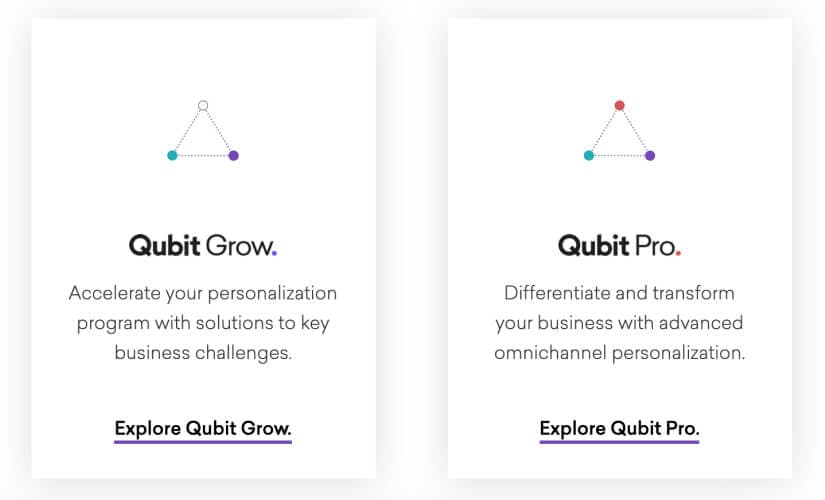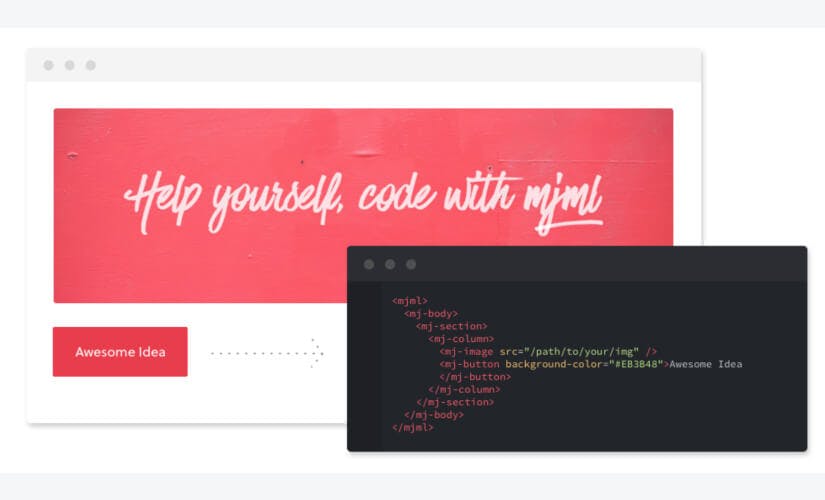If you’re looking to make more money from your product, it may be time to consider selling to different segments. Expanding your market can be a valuable way to introduce your product to a different type of buyer and get your brand name out there even more. This is not to necessarily say you should make the seismic shift from B2B to B2C selling, or vice versa. Rather, it’s about looking at where else customers can benefit from your product or service and moving upmarket or downmarket accordingly.
The SaaS industry scale

The scale above is an at-a-glance view of where businesses are positioned based on buyer type, billing method, and business model. It’s possible to move downmarket from any point on this scale, too, so if you’re currently selling to prosumers, you may want to consider how your product can benefit home consumers. If you’ve only served enterprise customers so far, maybe see if there are small and medium-sized businesses that have an appetite for your service, too?
When to make a move downmarket
Moving downmarket can have numerous benefits, but your business needs to be in a good position to expand its market before rolling out a version of your product for smaller businesses. This means understanding how people use your product within your current set-up. What is your value metric? Where has feedback indicated areas of expansion and/or improvement?
Once you understand what elements of your product make it truly unique — and the elements required by smaller low-income consumers that you’ve had to turn away — you’re on track to understanding how best to sell your product downmarket. The move towards selling downmarket is usually a natural progression for a company that understands its value inside and out and knows that clunky user interfaces don’t cut the mustard with any customer, be they enterprise or prosumer. It needs to be an authentic shift rooted in understanding your product.
4 benefits of moving downmarket
From financial to logistical, the rewards of selling downmarket are there for the reaping. Let’s take a look at what can be achieved by selling to smaller businesses and individual customers, not just the prestigious sector of the market, and some of the companies who’ve seen success by expanding their market.
1. You don’t have to change your subscription billing initially
Expanding to new segments means access to more customers, but this doesn’t have to mean uprooting your billing set-up to accommodate these new users. Unless you’re crossing the B2B/B2C line, you can still reach a different audience and bill them the same.

Personalization software Qubit is a great example of a SaaS company which has expanded into a different market without having to change the way it bills its new customers. Originally offering their platform Qubit Pro to larger companies on the right end of our scale, they realized the enterprise market was saturated and launched Qubit Grow, a "lite" version of the Pro tool targeted towards small and medium-sized businesses (or ‘SMBs’). With Qubit Grow, Qubit has reached a new audience while still billing by invoice via its sales team, meaning it didn’t need to undergo a huge shake-up in the way transactions are processed to reach this new market.
2. Your product is accessible to a wider audience
If your high-end customers love your product, it’s likely a version of it would benefit businesses and individuals downmarket, too. With your product available to a wider consumer base, your revenue will be on the up while your brand is getting a good dose of recognition across multiple markets.
Social listening platform Pulsar found that the brands it supported, often with a large in-house team, were using its complex tool for relatively basic social media analysis. This led the company to create a tool called TRENDS, a platform that could be sold further downmarket to individuals and small businesses just wanting insight into social media trends in much the same way Google Trends offers insight into online searches. With fewer tools came quicker onboarding and, therefore, lower prices to appeal to a whole new audience.
3. You can make money when you sleep
That may make it sound a little easier that it is, but if you understand the value your product brings, why shouldn’t you widen its reach and increase your profits?
TalkWalker, another social listening marketing platform, decided to capture a market share further downmarket by offering a "freemium forever" version of its software after it had gone to market. By making its product available to smaller businesses in this way, TalkWalker was able to educate free users at a higher level of the funnel and encourage conversion from a whole new market.
4. You have a new product you can build upon
If you’ve made a version of your product available for midmarket and downmarket customers you essentially have a new base upon which to build a whole new market.

Email delivery service Mailjet offers responsive email templates with the freedom for users to customize as they go. As most responsive templates are fixed and uneditable, Mailjet saw the opportunity to create a way to help its customers code their own email for free. MJML, its unique email coding language, is perfectly positioned to not only assist Mailjet’s current customers, but also offer individual developers value by giving them the means of customization. The result? Free users now speak Mailjet’s unique language and are therefore likely to use its software over the competition as their businesses scale, or recommend Mailjet when they move to a new company.
Moving downmarket FAQs
What is the difference between upmarket and downmarket?
When a business moves upmarket, it changes its go-to-market strategy to appeal to larger, enterprise customers. On the contrary, moving downmarket means changing the GTM approach to expand to lower-income customers.
Who are the upmarket customers?
Upmarket customers are high-income consumers and enterprise-level businesses. Compared to downmarket, upmarket customers’ willingness to pay threshold is higher, however, their expectations of quality and incentives are higher, as well.
What are the advantages of moving upmarket?
Some of the most significant benefits of moving upmarket include:
- Lower competition
- Higher customer lifetime value (LTV)
- Lower customer churn
- Higher profits from individual sales





